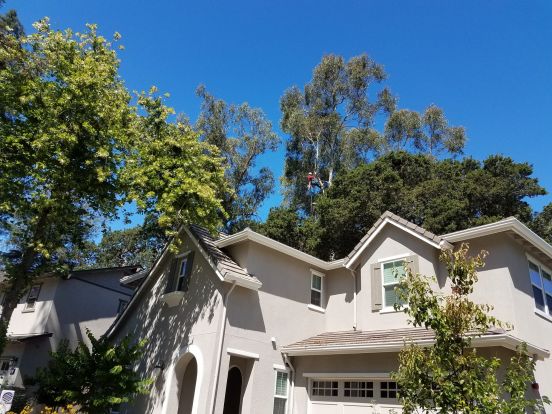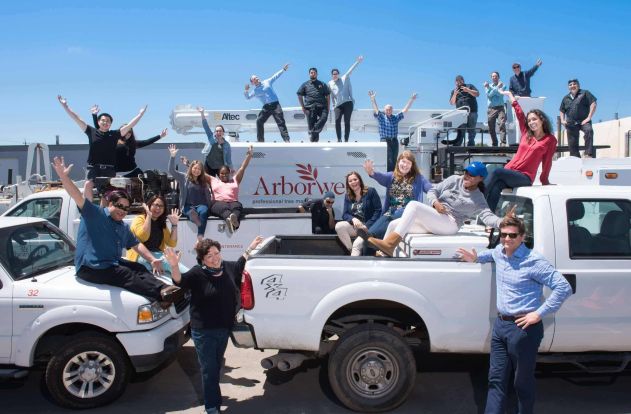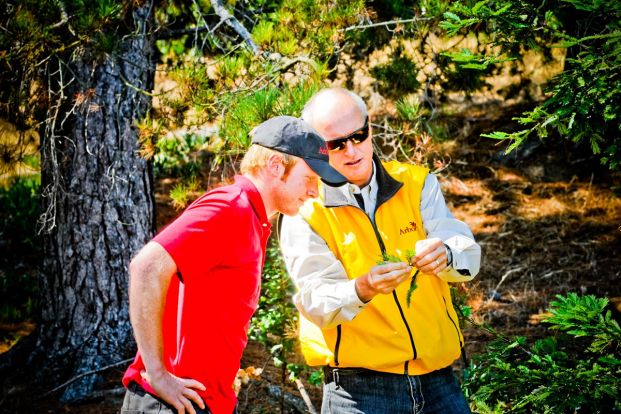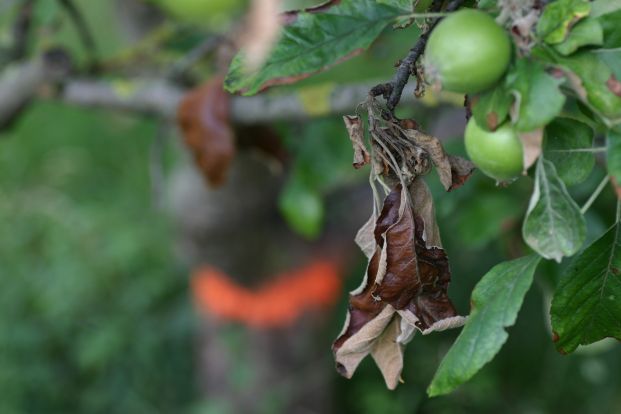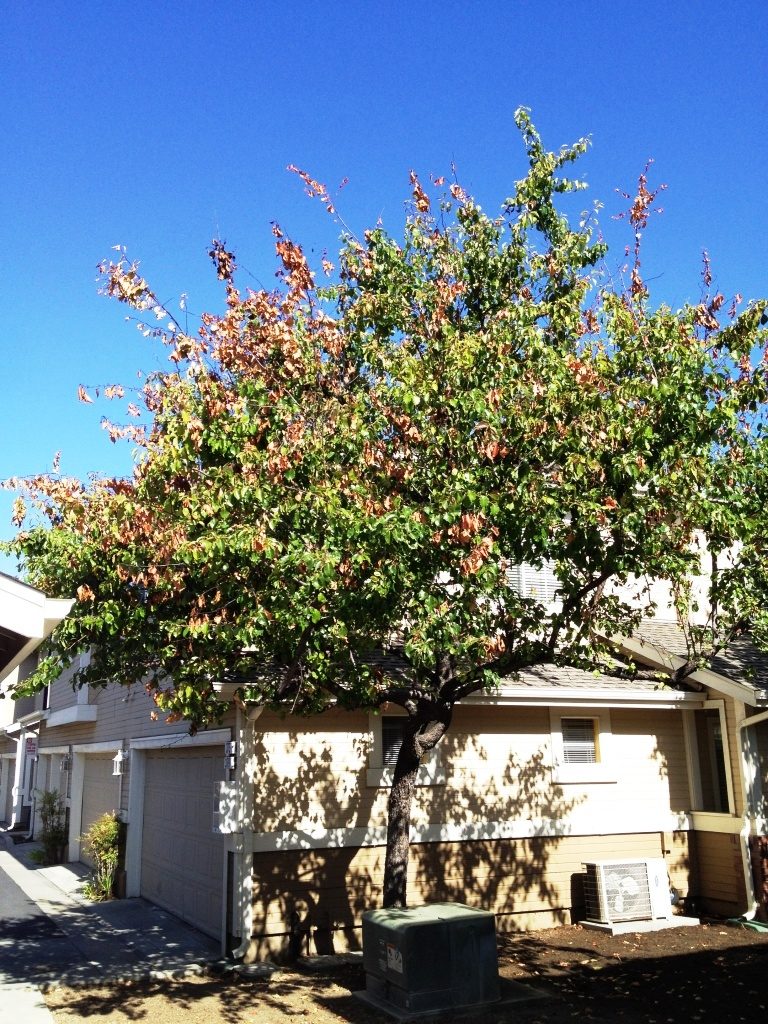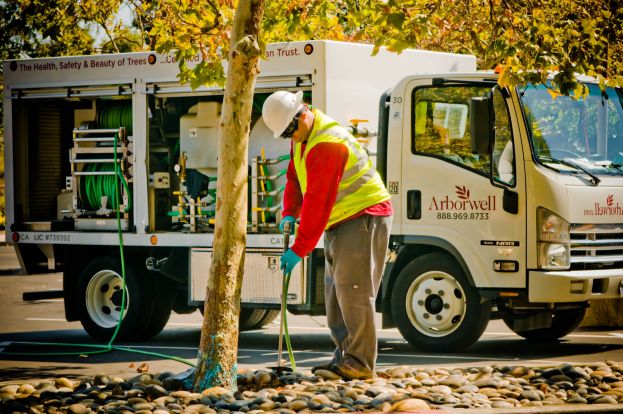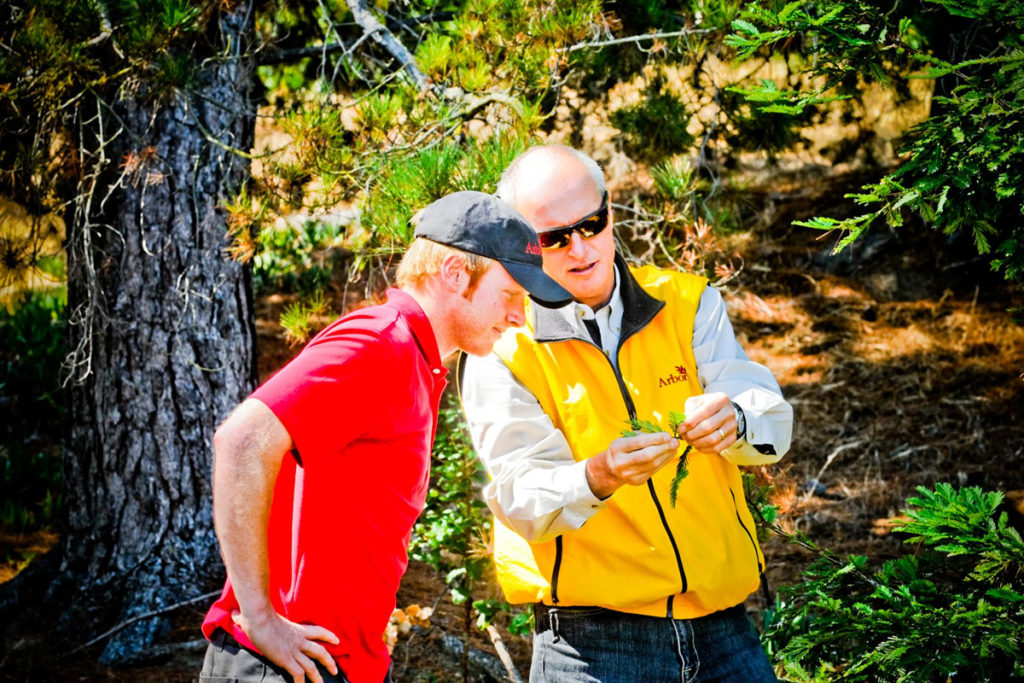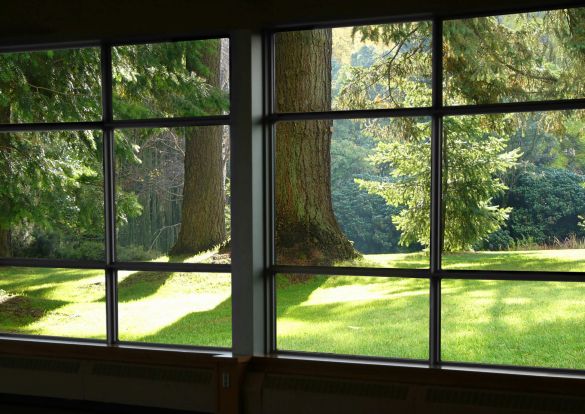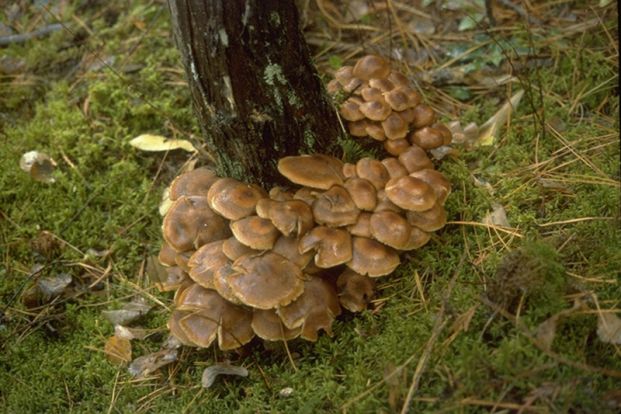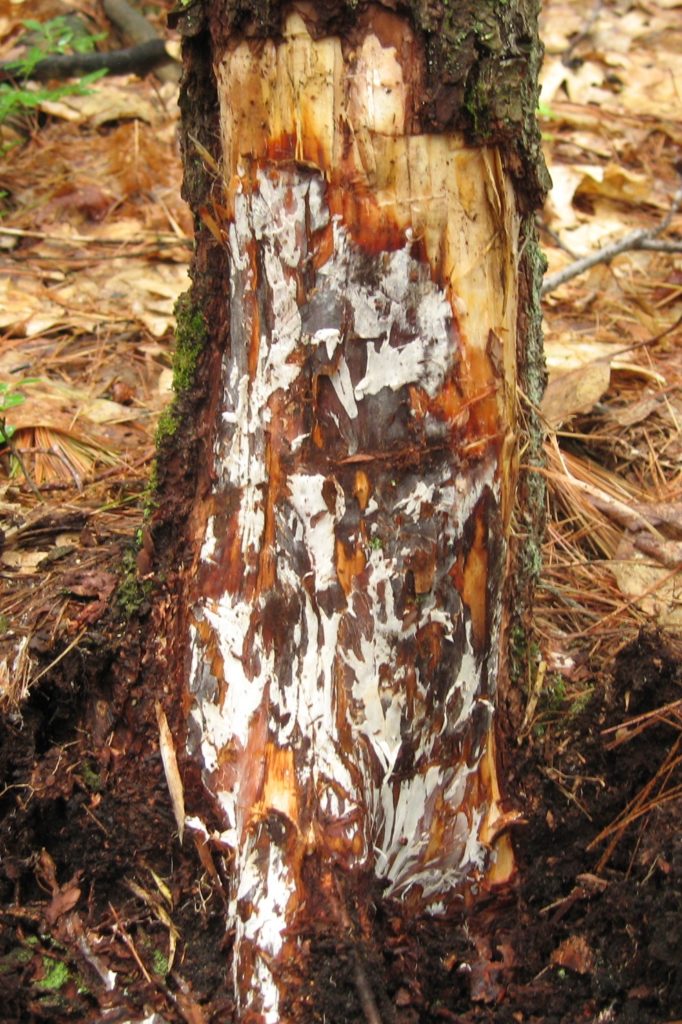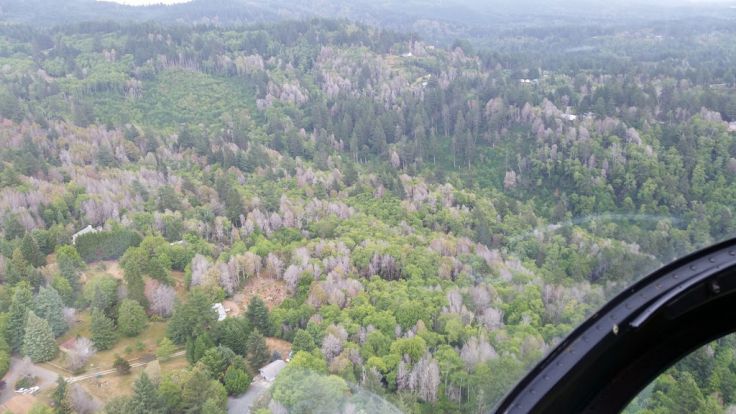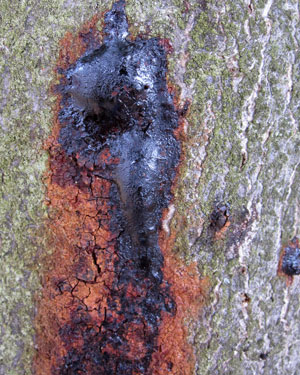What Do Trees Have to Do with Landscaping?
Trees are an incredible asset to any landscape. They benefit our communities and environment by cleaning the air, providing protection from the elements and creating jobs. The next time you’re out, take a few minutes to appreciate the beauty of your neighborhood’s trees.
Let’s discuss the main reasons why trees are important for landscaping. You will be surprised at how much these plants have to offer our health, wellness and environment.
Trees are Aesthetically Appealing
Trees are visually beautiful. Some have lived on our planet for thousands of years and tell stories through their branches, leaves and bark. Some families plant trees for sentimental reasons, such as the birth of a child or the death of a loved one. As the tree grows, it represents that individual. Trees are alive, which adds to their beauty and tranquility.
They Provide Privacy and Sun Protection
Many homes today are built in busy neighborhoods, and the best way to create shade and privacy is by planting trees. Their structure blocks noise, light and unsightly views. Plus, their shade protects people from the sun’s rays and helps homes and businesses consume less energy. By planting trees strategically, homeowners can enjoy more private, efficient homes.
They are Natural Food Producers
Thanks to fruit-bearing trees, both humans and animals can have fresh food to eat. Some of the most popular tree-borne foods in California include apples, cherries and citrus fruits like oranges, lemons and limes. Even in the winter, some trees continue to produce nuts, flowers and berries for birds and other wildlife.
Trees are Homes for Animals (and Children!)
Trees provide shelter to many different animals. Birds build nests on their sturdy branches, while squirrels build dens or dreys in which to raise their young. In fact, some animals need the forest to survive, including the tree kangaroo, pandas and orangutans (although you won’t find these in our California trees!). Kids, too, love to use trees to build treehouses and forts.
Cleaner Air and Water
Trees absorb pollutants and convert carbon dioxide into oxygen. Perhaps that’s why deep breathing is often associated with trees and nature. Moreover, trees prevent water evaporation and decrease water runoff. These benefits work together to produce healthy water with fewer pollutants and reduce flood damage and erosion.
There is no question that trees are an essential part of human life and existence. The next time you are looking to spruce up your yard, look no further than planting a new tree! For questions or information in regards to removing, replanting or managing the trees in your landscape, contact Arborwell today at or fill out our contact form.

